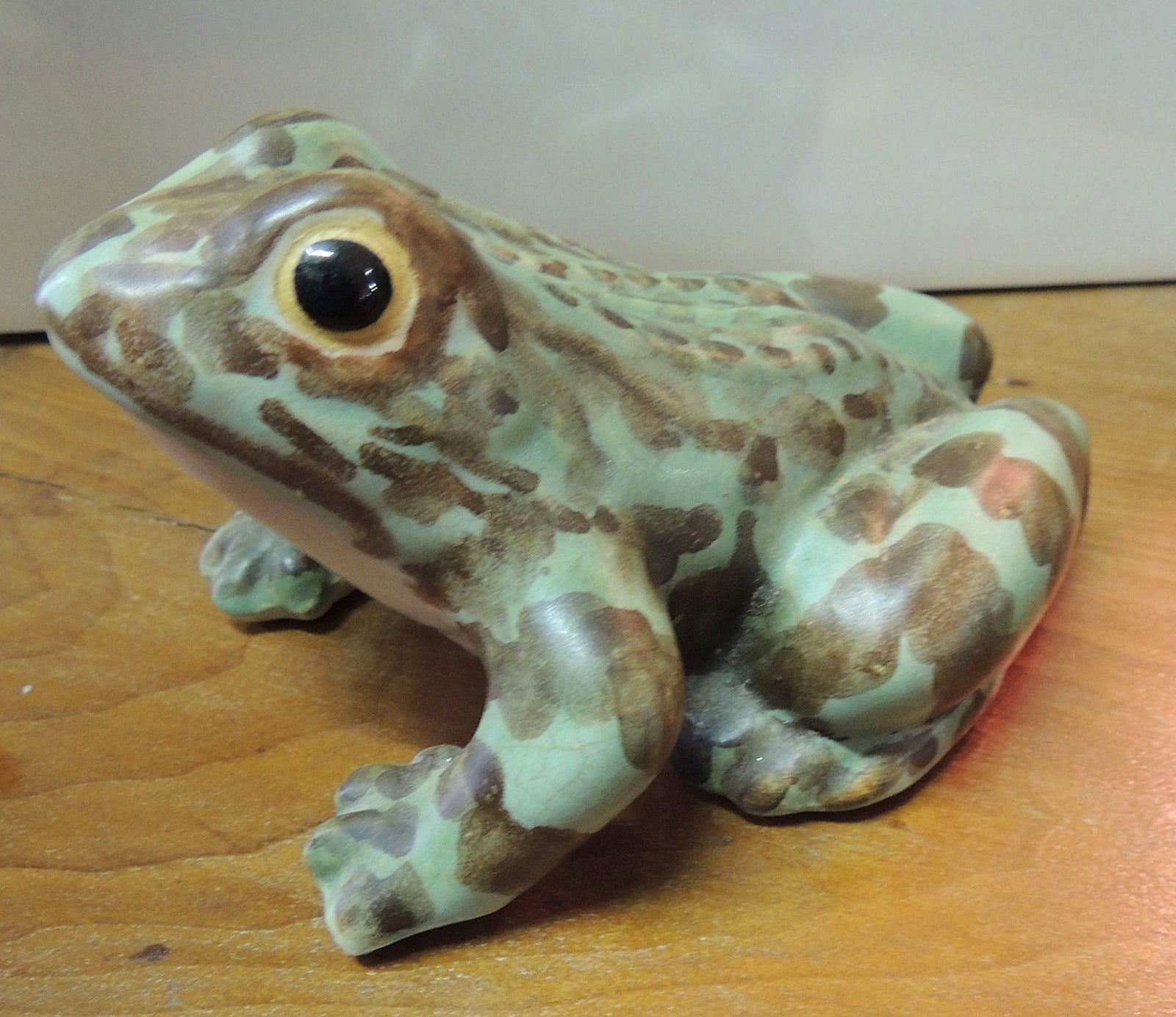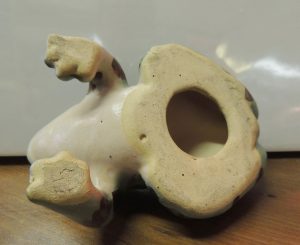Grandmother’s Weller frog symbolizes luck when it comes to value
Published 6:42 pm Friday, April 19, 2019

- Jerry Sampson is owner of J. Sampson Antiques, Books and Appraisals on Main Street in Harrodsburg. He has been an accredited senior appraiser (ASA) in the American Society of Appraisers since 2009. To request an appraisal, send clear digital photos, detailed descriptions, measurements and condition to jsampsonantiques@bellsouth.net. Only one item per person. Items will be selected on an individual basis and may or may not appear in print. No coins, money, stamps, weapons or sports memorabilia will be considered. No emailed photos or information will be kept. Information discussed in Personal Effects is not intended to be a substitute for an in-person appraisal of an item. Exact valuing can come only from actual viewing. Jerry Sampson, J. Sampson Antiques, Books and Appraisals, The Advocate-Messenger and its staff cannot be held responsible for misinformation or incorrect estimates. These featured appraisals are intended for entertainment purposes only and are not valid for insurance coverage or estate settlement.
By JERRY SAMPSON
Personal Effects
Question: Mr. Sampson, I enjoy reading your articles and thought you might be able to help me. My grandmother who passed away several years ago, collected frogs. Most were just cheap frogs that we picked up for her at gift shops. There were many that were just the plain, glossy green pottery frogs, like you see for sale in greenhouses. Everyone took a few and we gave most away, but I kept this one for myself.
I thought that it was just different. But I don’t know why? It’s not marked anywhere. It’s very life-like. My wife kept it outside for a while and my little son enjoyed carrying it around. Don’t worry, I stopped that and now it sits on my desk in my office. Can you give me any information?
Thanks for the time it takes to do these articles. Regards.
Answer: Well, you have a good eye. Statues and figurines of frogs have been used in gardens for over 1,000 years. Bronze frogs have been unearthed in Chinese excavations; found in reflecting pools in Pompeii; embroidered by Native Americans; and were carved into fetishes by tribes in South American and Mexico. Frogs are the symbol of rebirth, fertility, change, luck and growth to many religions and cultures around the world. Let’s face it: Frogs are pretty important to our wetlands, swamps and our environment in general.
A lot of the vintage frogs that you see are made by the Brush McCoy company from the 1950s.
They were made en masse and filled many a gift shop and greenhouse. They resemble yours, but are a tad sloppy looking. These frogs are very worthy of being collected and used in gardens and sun rooms. They ranged in size from a tiny 3 inches to a monster of 10 inches. Typically, these amphibians can be found in stores priced from $12-$30. I’m pretty sure that they don’t even make pottery frogs anymore.
But, I think that your frog, which measures 4 inches, is not Brush McCoy. It was made by the Weller Pottery Company. There are several telltale signs that lead me to this conclusion. The eyes are glossy and are rimmed in yellow. The painting details are finer and, like you said, they just look life-like. Plus, your piece has a buff-colored paste or clay, a clay that Weller used.
It will date to the 1930s and they are very collectible. They were very seldom marked but likely with a sticker or hang tag, now long since gone. Now, Weller collectors, stay calm. I’m not saying that this is part of the coppertone line. This is a whole different line by Weller. Coppertone is a almost a metallic neon green.
It’s a good decision that you stopped using it in the garden and letting your son carry it like a toy. But do let him touch it and hold it in the house. I see these Weller frogs at upscale antiques shows priced for about $70. He’s a great one. If he had been a larger size, that value would triple. Thanks for a great question.





